Spring is comfortable with soft warmth. Summer, which comes after a rainy season that lasts about a month and is not heavy, has a temperature of 35℃ or higher for a few days to 10 days per season at most. While we are sparing ourselves such lingering summer heat, a moderately cool autumn arrives before we notice it. Then comes winter, with its dry air and tangy cold… Japan used to be a warm and humid country with four distinct seasons. As a matter of fact, since the 2000s, the country’s climate has been characterized by long, hot and humid summers. Because Japan is a long country stretching from north to south, there used to be a considerable regional difference in temperature during the summer season, but nowadays, it is equally high throughout the country. In addition, the humidity is as high as in the subtropical zone during the summer… As a result, it seems to be hotter than not only other countries with similar temperatures but also areas with higher temperatures than Japan. The number of foreign visitors to Japan has been increasing in recent years, and we are very happy about that. Visitors who come to Japan during the summer season are often surprised at just how bad the summer heat is. Many people get sick because of the peculiar heat that they are unfamiliar with. So, we would like to give you another reminder about “heatstroke” in this issue.
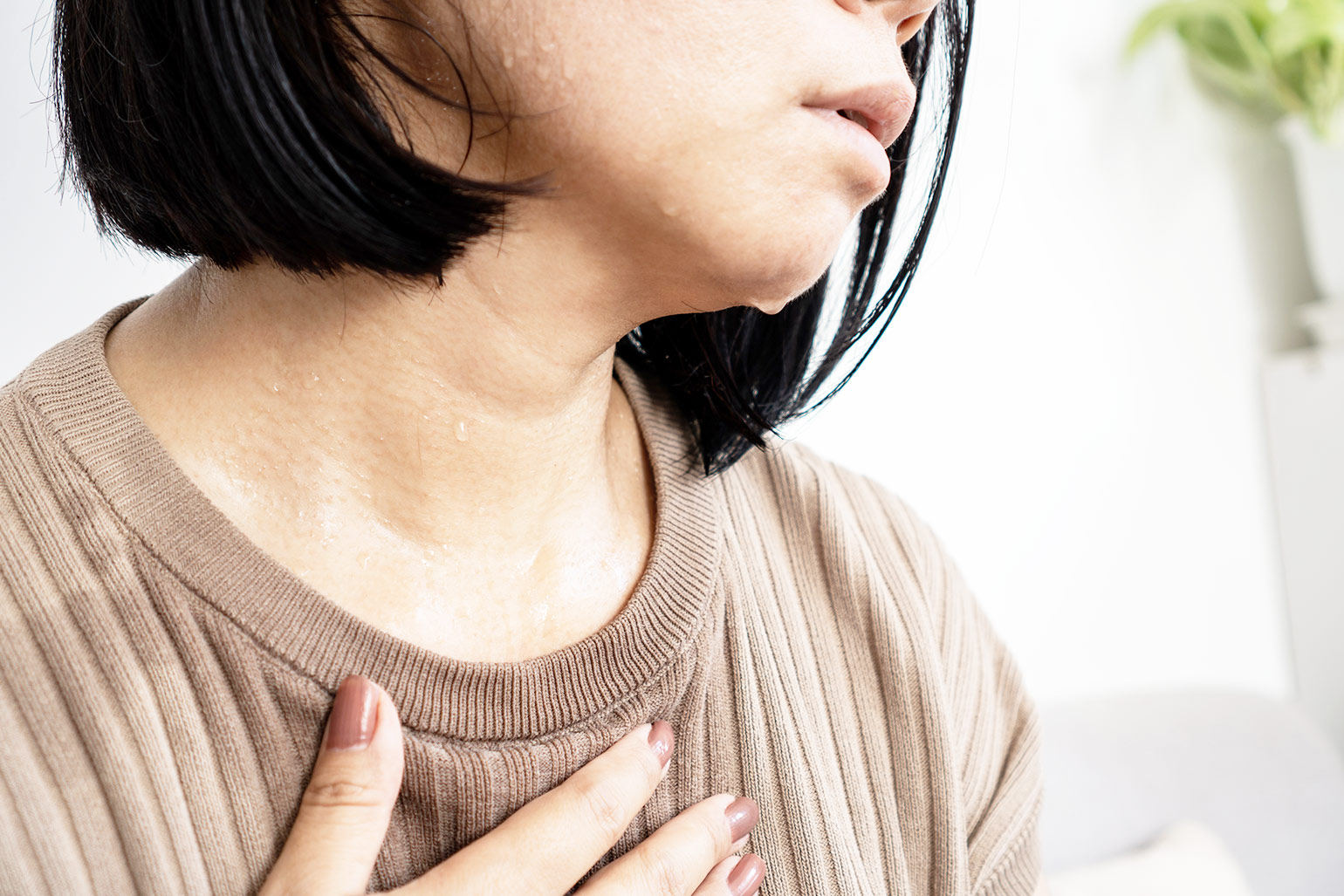
As mentioned earlier, the summer heat in Japan is truly unique. In Japanese, there is an expression “暑苦しい” which means “hottest heat” or “suffering heat” and this is exactly what it feels like. The temperature itself is a little above the normal human body temperature (35~40°C), but the humidity is very high. As you know, in a hot environment, humans sweat to prevent their body temperature from rising. When the sweat dries, it cools the body by taking away the body temperature, right? However, during the summer season in Japan, this exquisite temperature and humidity keep us from drying our sweat. As a result, more and more heat is stored in the body. On the other hand, being in an environment that is not comfortable will cause the metabolism to increase in order to sustain life. This increases sweat and urine emissions and causes the body to lose more and more water… Before long, the body’s physical strength fails and the person suffers from heatstroke. Here again, let’s review the symptoms of heat stroke and preventive measures.
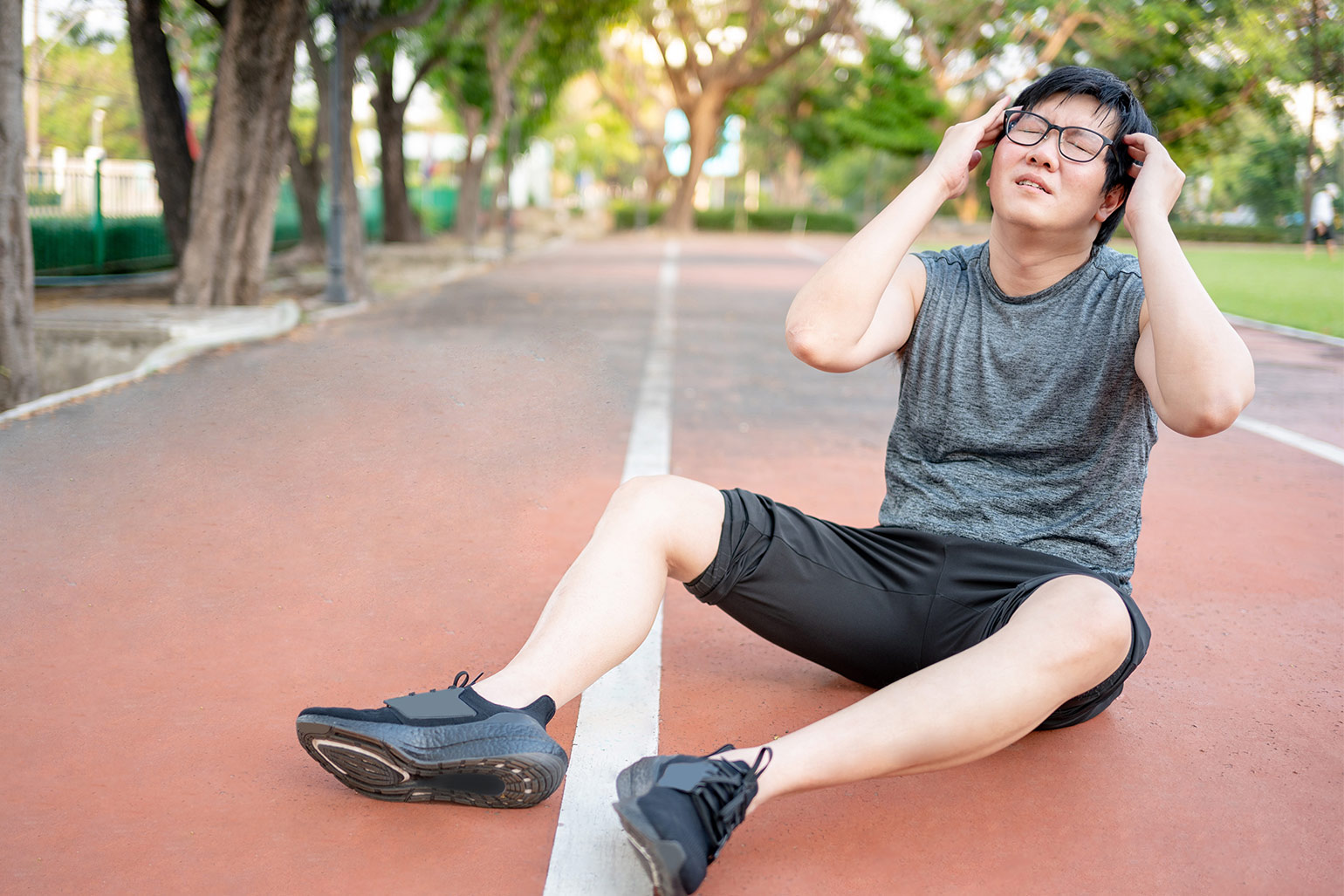
The main symptoms of “Heatstroke”
① Dizziness / Stillness / Flash on the face, etc.
② Headache / Fatigue / Nausea
③ Muscle pain / Muscle spasms
④ Rising body temperature
⑤ Poor sweating (Can’t stop sweating or not at all)
⑥ Confusion (Inability to respond normally, etc.)
⑦ Dehydration Symptoms
※ If your feeling any of the symptoms ①~③, you should pay attention.
Prevention of “Heatstroke”
・To build basic strength
・Always be conscious of “heat”
・Don’t forget to water / salt

Many people suffer from heat stroke due to overconfidence in their own physical fitness. They tend to think, “No way, I’ll be fine.” Even physically fit people can easily suffer from heat stroke if they are not careful. It’s true. In recent years, the number of cases of heatstroke has increased dramatically, and Japanese people have become much more aware of the dangers of heatstroke. More and more workplaces and households are installing thermometers and hygrometers in their rooms. Curtains and other products with very high light / heat shielding properties are also being produced. One appliance that has seen an increase in demand in recent years is the circulator. Adequate indoor air circulation was also very important in the Corona Disaster, but it is also very effective in preventing heatstroke. Various other heatstroke prevention goods are also available on the market. Products to prevent indoor temperatures from rising, and cooling goods to keep people outdoors as cool as possible. Food and beverages that provide adequate and easy water / salt intake, etc. Supermarkets, shopping malls, and other commercial facilities often have sections dedicated to these products. However, there are a few products that are more fashionable than practical, so you should consider carefully when purchasing. Well, many of these are quite interesting. We would like to list some of the major heatstroke prevention goods. If you find one that looks good, please take a look at it for yourself.
Clothing made of cooling materials
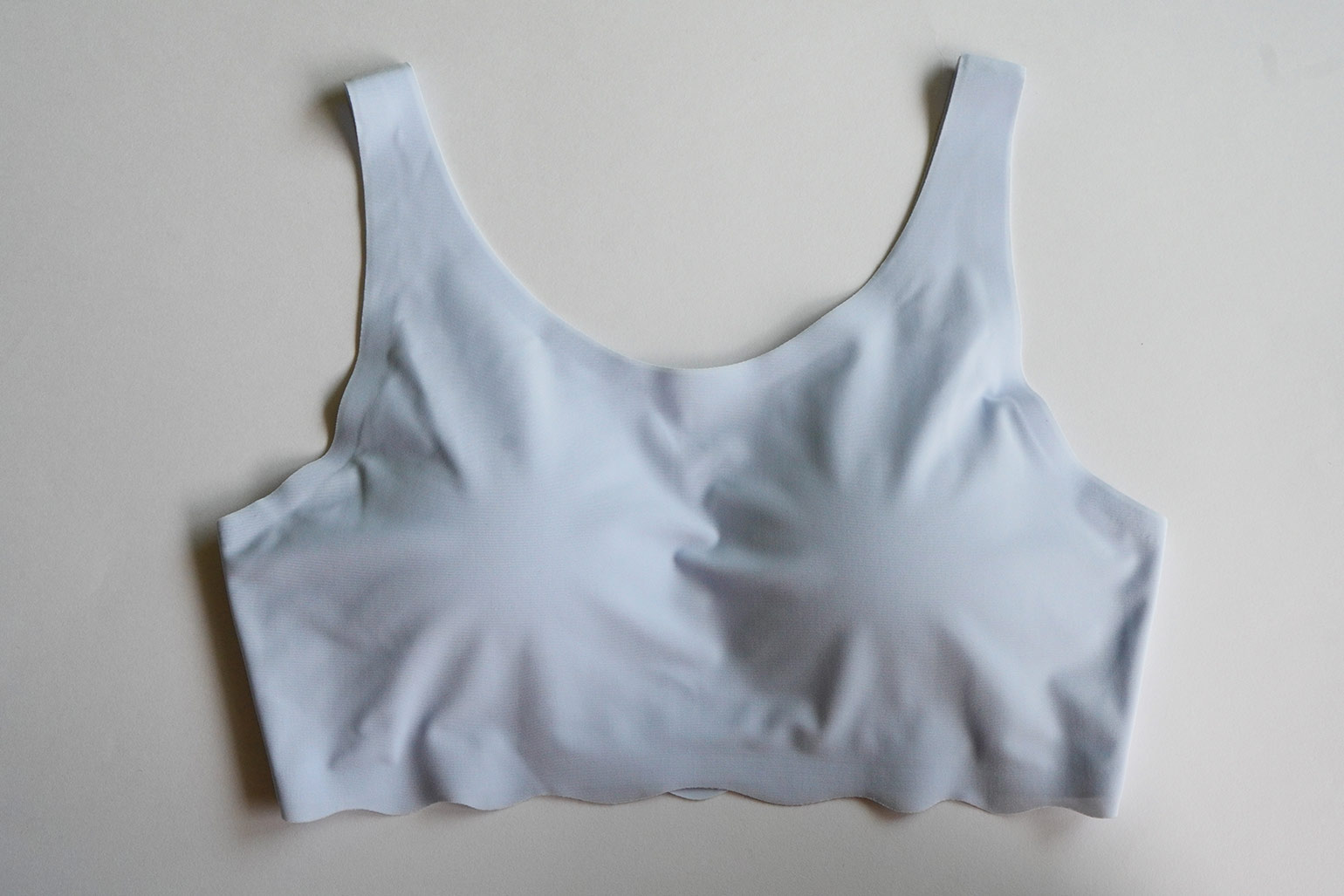
These garments are made of contact-cooling materials. In general, many of them are made of fibers with high thermal conductivity and have a smooth feel. Underwear and sportswear are the most common examples. Other materials with enhanced breathability are also used.
Household goods made of cooling materials
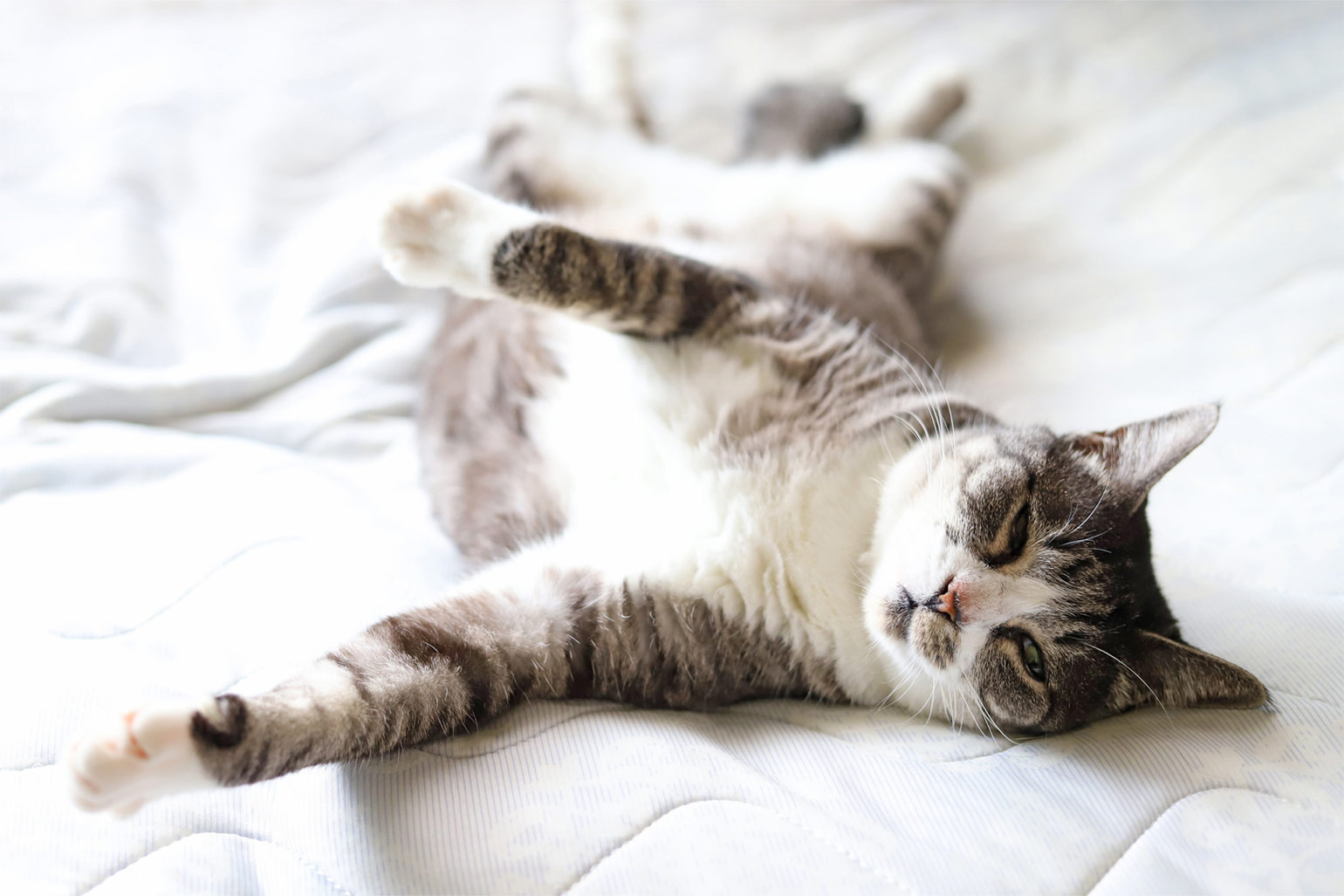
As with the aforementioned garments, contact-cooling materials are used. Bedding such as duvet covers, pillows, and sheets are popular items. Recently, many products for indoor pets have become commercially available.
Cooling products for outside use / sunshades
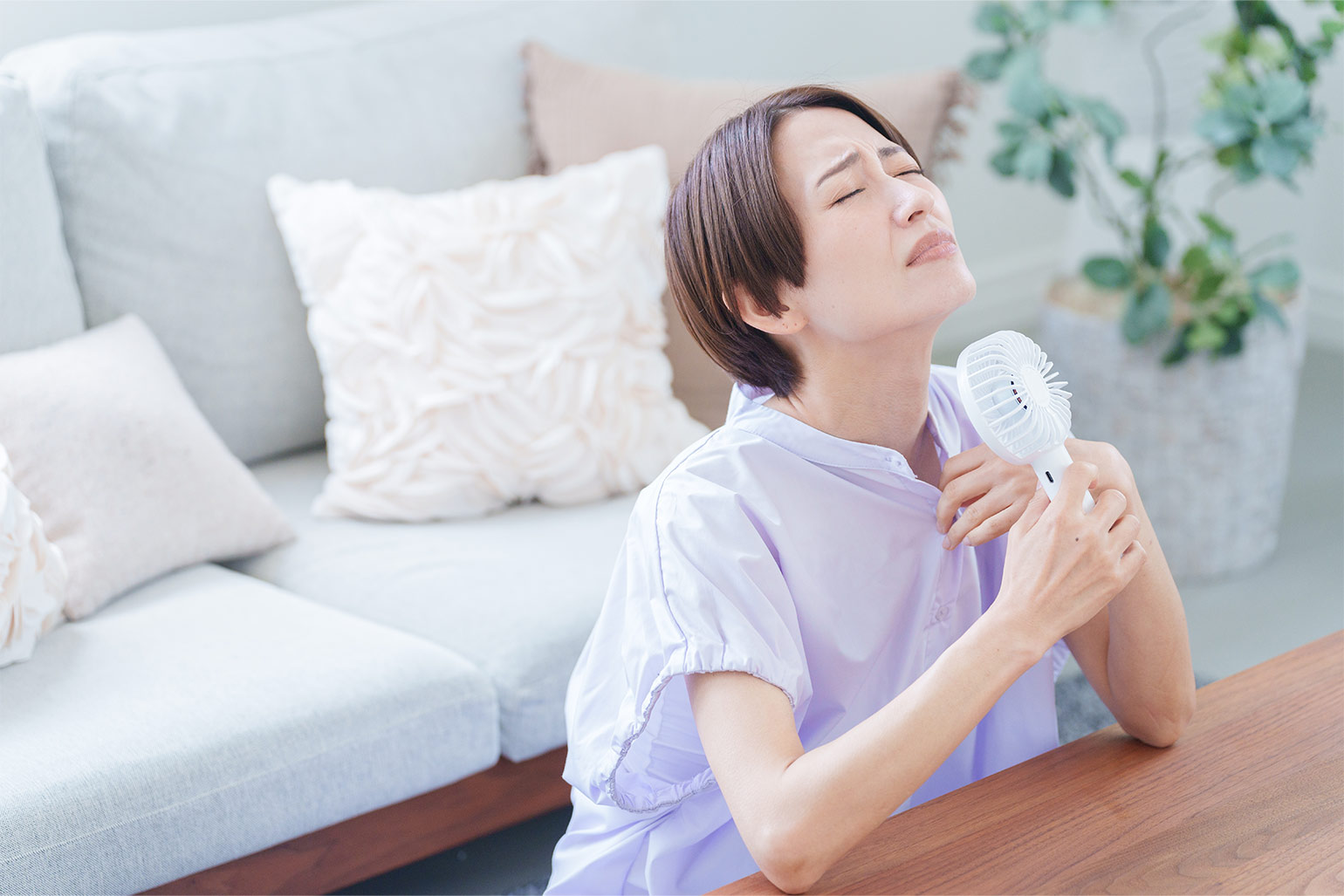
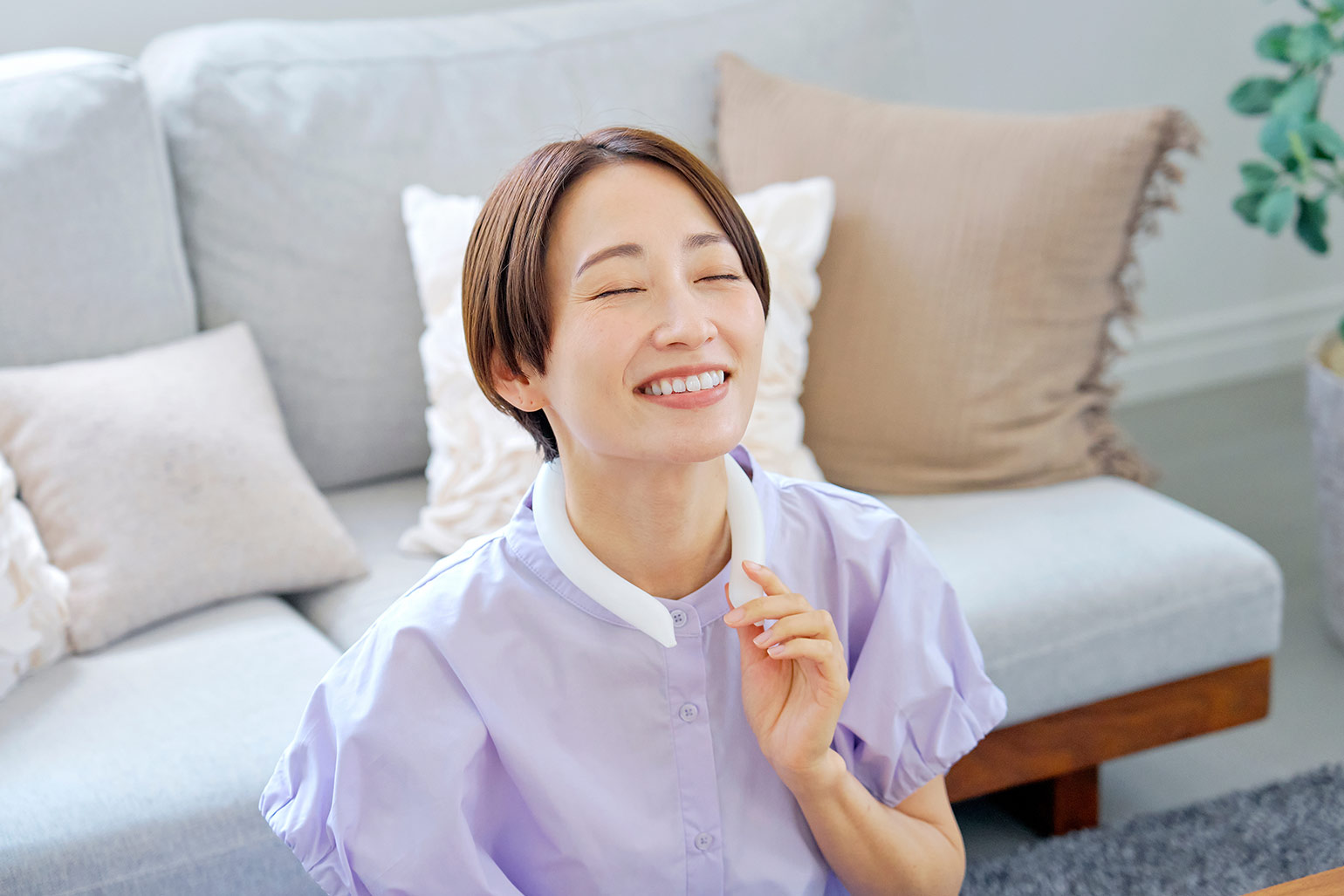
・Neck cooler
This is one of the most popular “heatstroke” prevention products in the past few years. It prevents the body temperature from rising by keeping the neck part, where large blood vessels are located, cool. They are also reasonably priced, making them easy to try.
・Cooling towel
These towels are made from highly absorbent and quick-drying materials. There are many variations, including sports towels, hand towels for use as handkerchiefs, and bath towels.
・Cool sheets for hats, etc.
These are sheets with a cooling effect that are fastened inside hats. Some can be attached to caps.
・Water-cooled vests, etc.
It’s a vest with water in it. It provides a cooling sensation by blocking the heat from the outside air. However, it is inevitably a little heavy.
・Cold spray for clothing
Sprays that spray highly volatile chemicals to create a cooling sensation using vaporization heat.
・Neck fan
A neck-mounted fan. In an environment where the temperature does not rise above body temperature, it can have the effect of making you feel quite cool. After all, keeping the neck area cool is very important.
・Work wear with small fans
In recent years, many workers have been using these on construction sites during the summer season. They are a bit heavy, but very comfortable. Heat exhaust was a major issue for work clothes, since they are basically made of durable materials. The products use a very direct way to exhaust heat: ventilating with a small fan. “I” personally find the products very attractive.
・Portable Fan
Portable electric fans, along with neck coolers, have become one of the most popular heatstroke prevention products over the past few years. They have become very popular, especially among the younger generation. Some of them not only blow air, but also generate cold air by attaching a cooling plate to the air outlet. You should use them in an environment where the temperature does not rise above your body temperature.
・Parasols
Parasols are increasingly being used by men and women of all ages. It may be the best way to use the parasols for avoiding direct sunlight outdoors. There are a variety of types, including those made of materials with high light / heat shielding properties and those that can also be used for rainfall.
Foods and beverages for water / salt (and minerals) supplementation
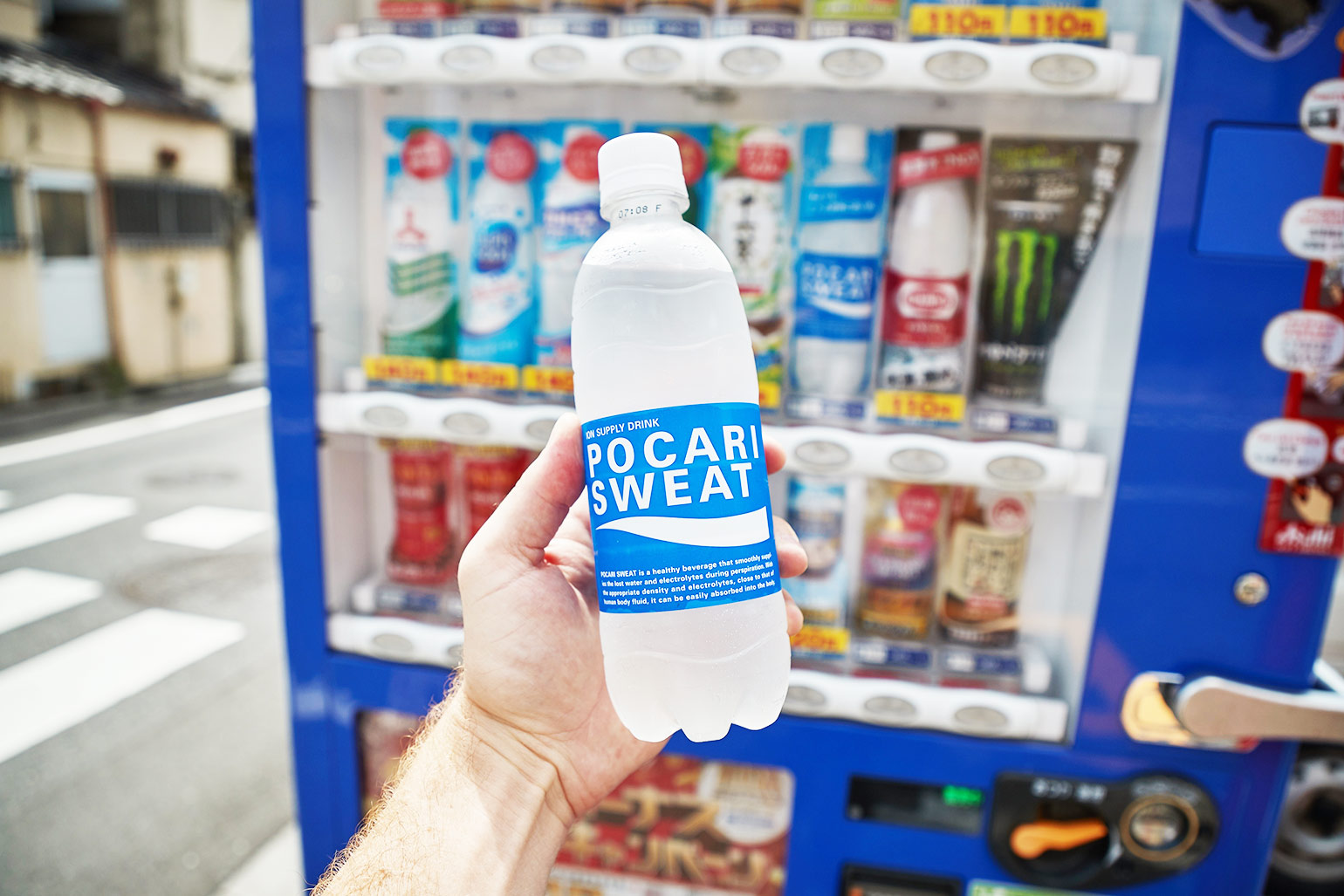
・Sports drinks / teas
Sports drinks are in very high demand in Japan during the summer months. The variety of those products can be very wide. In addition, there are also many teas on the market that emphasize the replenishment of minerals as well as water. “I” personally recommend “Mugi-cha (barley tea)”. It is easy and relatively inexpensive to make and prepare at home. Please give them a try.
・Candies for suppling salt (and minerals)
Along with throat lozenges, candies for suppling salt (and minerals) are popular among the Japanese. Of course, be careful not to eat too much…




_op.png)
_001.png)
_002.png)
_003.png)
_004.png)
_005.png)
_006.png)
_007.png)
_008.png)
